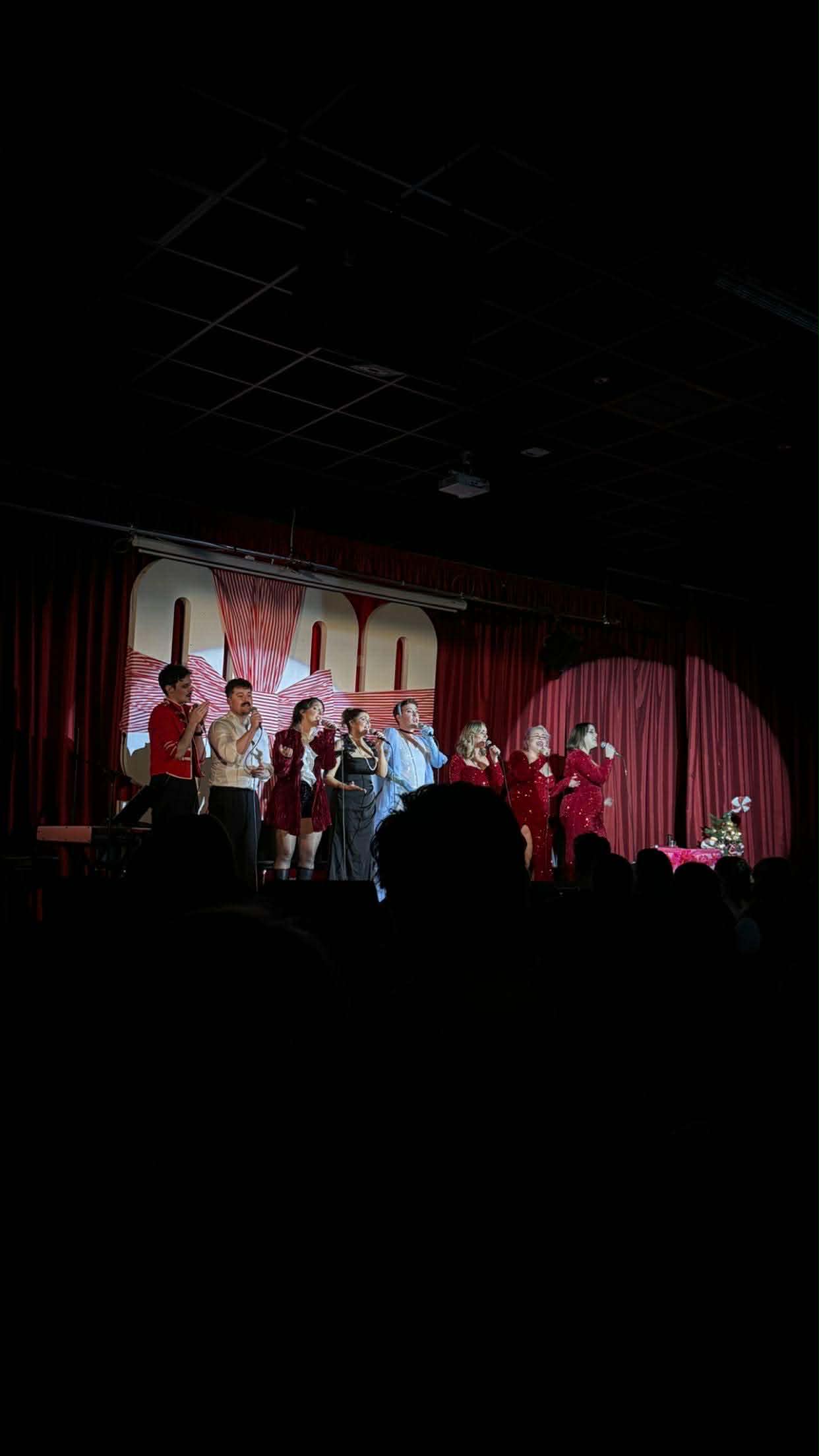Adults would say Roald Dahl’s books are for children and only children. They believe that the worlds of a telekinetic child, a chocolate factory, talking foxes, giant peaches, and so on, are only substantial for children who have not yet ÔÇô in the adults’ eyes ÔÇô realised that Miss Honeys do not exist and foxes indeed cannot talk.
However, for the few grown ups who preserve the magic of their childhood, much like the BFG preserves his precious dreams in glass jars, these worlds are left open to them, with new adventures, lessons and dreams to be discovered as the reader grows older. Like the creations of Mel Stuart, Wes Anderson, Henry Selick, and, of course, Danny DeVito, the world The BFG‘s director, Steven Spielberg, has created through Mark Rylance’s (the eponymousÔǪhero? Friend?) motion capture performance and Ruby Barnhill’s (Sophie) feature film debut, along with the incredible mise-en-sc├¿ne, proves this film is just as much a story for adults as it is for children.

The opening of the film echoes Spielberg’s 1982 classic E.T. the Extra Terrestrial, as the director ensures the audience is introduced to a world where big friendly (and unfriendly) giants exist through a child’s innocent, and somewhat na├»ve, perspective. The framing of the audience’s initial introduction to Rylance’s BFG is not dissimilar to the way Spielberg portrays the big, scary adult men in black suits near the opening of E.T.: the use of medium shots staying closer to the cold ground rather than the warm, beating heart of the unidentifiable; the dark lighting that is harshly interrupted by either a too-bright torch or sweeping cape; and, most importantly, the lack of a face ÔÇô the unknown. These elements, along with the camera swaying in the same motion as Sophie in her blanket as well as her narration, place us immediately in the perspective of a child, with Spielberg using this to prepare us for the adventure.
The adventure that follows consists of words like Catasterous, Whoopsey-Splunkers, and everyone’s favourite Whizzpopper, along with catching dreams, breakfast with the Queen, and some Big Unfriendly Giants throwing around the BFG, briefly denouncing him of his ÔÇÿBig’ and ÔÇÿGiant’ moniker, and simply leaving the ÔÇÿFriendly’. In fact, there are times throughout The BFG when it seems like Sophie is the ÔÇÿgiant’ in the film compared to the BFG. For example, when the pair first go to the Queen, Sophie fearlessly stands on her windowsill, telling her what she wants her to know with no hesitation, while the BFG stands hidden in the background, much like how he was hidden at the beginning of the film, except this time audiences know it is not because he is to be feared, but because he is shy. Eventually, the BFG reveals himself, which Spielberg presents through a long shot where the BFG is split from everyone else in the scene, leaving him in the frame alone.
It is through these perspective-changing moments where Spielberg’s film seems at its strongest, and it is for the same reasons why E.T. still makes me cry today: there aren’t really any true heroes, but simply a friendship that is trying to protect the value of the magic of being a child, all the while being attacked by the forms of life without magic that surrounds them, humanised by the adults in E.T., and the likes of Bloodbottler and co. in The BFG.
At the start of the film, Sophie looks curiously into a dollhouse, making her seem giant in comparison. Next, a giant hand grabs her out of the now dollhouse-sized orphanage Sophie once belonged to, and finally the once giant hand has become as small as Sophie in comparison to the Bloodbottler’s beastly body. It is clear Spielberg is playing with perspectives and what these can mean for each person, something executed almost theatrically in Brian Cosgrove’s 1989 animation of the same novel with the extreme juxtapositions against high and low angles.

It is these changing perspectives that are perhaps most important to The BFG, as it is a reminder of the journey, with one example being the difference in feeling towards the BFG at the beginning towards the end. Once more, they showcase how, really, neither Sophie nor the BFG are bigger than the other, but rather are the same size. This is due to the fact that, regardless of their (extreme) height difference, they each help each other find themselves ÔÇô Sophie helps the BFG by reminding him that he is bigger than the meat eating Bloodbottler despite his size; the BFG helps Sophie by reminding her that she is still a child, reintroducing her dreams and magic back to her when he takes her to Dream Country, which is one of the best scenes in the film; and, finally, they help each other by making a family for one another.
To go back to the image of Sophie wrapped in her blanket while the BFG carries her to his world, the similarity of this scene with the Ride in the Sky scene from E.T. the Extra Terrestrial is interesting, as one happens near the beginning of the film and the other near the end, while the roles of who’s holding who is switched. In The BFG, it is the alien (the BFG) who carries the human, while the human carries the alien in E.T.
This comparison emphasises Spielberg’s message of one person helping another find themselves while going on a great adventure, while also showcasing the director’s intent to represent how it does not matter how tall one grows, there can still be magic left.
Sinead McCausland


